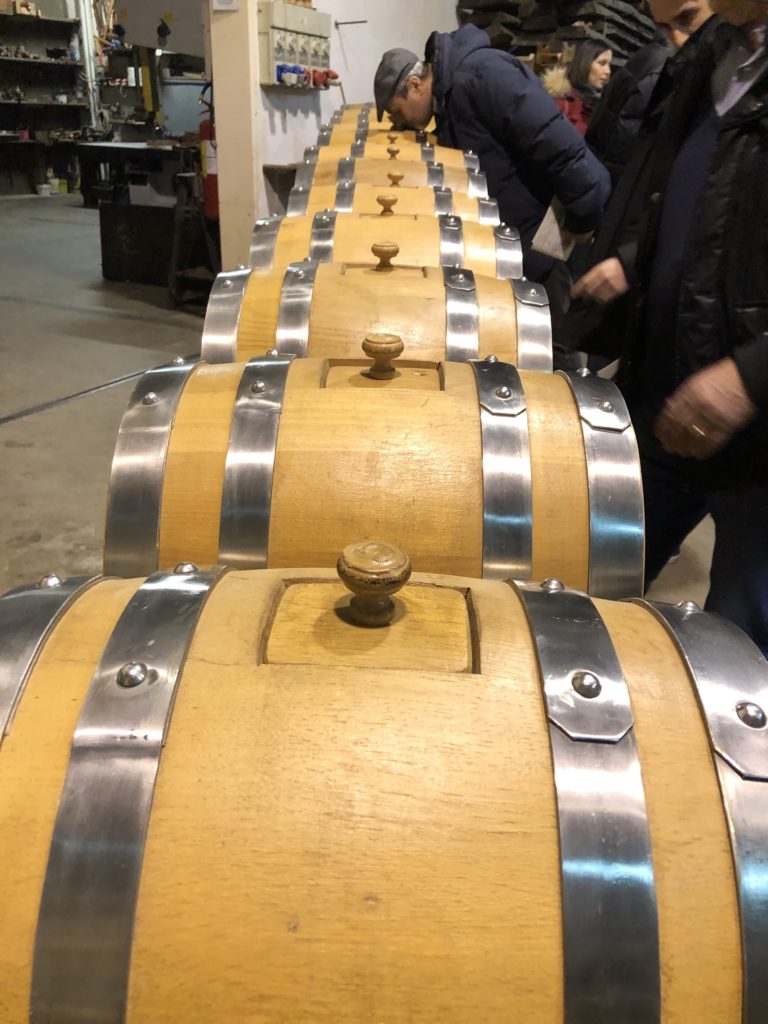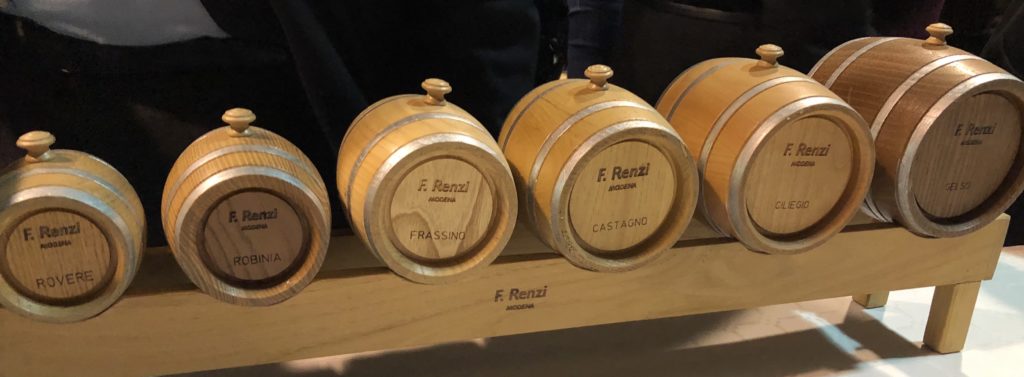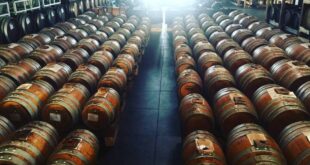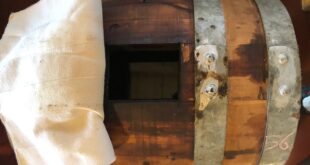Find out how to make Balsamic and the importance of the barrels in which it matures and ages. This food excellence is unique. It is made only of cooked must, it is a special ingredient, capable of binding the most extravagant culinary parings. The long ageing in the different wood barrels also determined its taste.
In our previous article on how to make Balsamic Vinegar of Modena LINK, we talked about the Consortium and the Vineyards and Grapes used. Today we will tell you some curiosities about barrels.
Making Balsamic: barrels importance
As you can imagine, the use of wooden barrels is a very important element in ABTM production.
Different woods and sizes of barrels give unique and unrepeatable characteristics.
Each type of wood transfers its essence and fragrances to the product.
The use of wooden barrels for the production of Traditional Balsamic dates back to the 1400s. Spanish introduced to us the “Solera” method, a pyramid of wooden barrels in which the wine is matured by transferring it from one to other every year.
We must pay close attention to the choice of the barrels if we want to obtain an excellent product. The plank must not be thin. The ideal thickness is 4 cm. The seasoning of the wood must have taken place by natural drying even for 7/8 years. The treated wood will be ready to give all its aromas and flavours and will be suitable for dealing with temperature changes.
The woods
The choice of woods in considerable to characterize the product. The woods used to create a battery of barrels for ABTM are different (it is usually composed of 5/6 barrels, it can even reach 12 of them).
- Frassino: hard and porous wood without tannins, gives a vanilla flavour.
- Castagno: not very hardwood, rich in tannins, increases the black colour and transmits a bitter taste.
- Ciliegio: excellent for Balsamic Vinegar, soft and porous wood, rich of flavours and gives a sweet taste.
- Rovere of Slavonia: it is the “prince” of the woods, it offers kindness to the workmanship and gives refined aromas.
- Gelso: rare to find and protected, very porous and at risk of oozing.
- Robinia and Acacia: resistant and less porous woods, they are usually used for smaller barrels.
- Ginepro: hard but fragile wood, difficult to find (the last barrel made with this wood by Mastro Bottaio Renzi – LINK – was produced in 1980). A wood loved and ideal for use because it is very fragrant with intense, inebriating and scratchy essences.
- Pero and Melo: woods that are difficult to work, very porous and at risk of exudation but offer excellent gustatory and olfactory results.

The Battery
To form the battery of barrels there is not a real order recommended by tradition, although hardwoods are often used for smaller barrels and soft ones for larges.
The photo is an example of wood sequence.
It happens that the positions of the barrels have varied according to the tastes of the producer. For example, batteries of barrels are from only one type of wood to give the Vinegar a particular taste.
Now try to imagine how easy it is to find different products. Traditional Balsamic Vinegars of Modena, created with the same common production method, but different according to the series of woods there they matured and aged.

But that’s not all about barrels.
Did you know that the best ones have stainless steel rims?
Yes, they do. Maestro Renzi Bottaio has replaced iron wheels that rusted due to proximity to traditional acids and hot-dip galvanized ones, with steel ones (more than 40 years ago).
When you will buy the barrels, remember to fill them with the cooked must or with Balsamic Vinegar. They must be acetified (but we will talk about this topic soon).
Hope that you liked this article. Stay tuned to discover pieces of information about How to make Balsamic Vinegar.
Greetings from Modena.
 Use Balsamic Vinegar All you need to know about Balsamic Vinegar of Modena
Use Balsamic Vinegar All you need to know about Balsamic Vinegar of Modena


